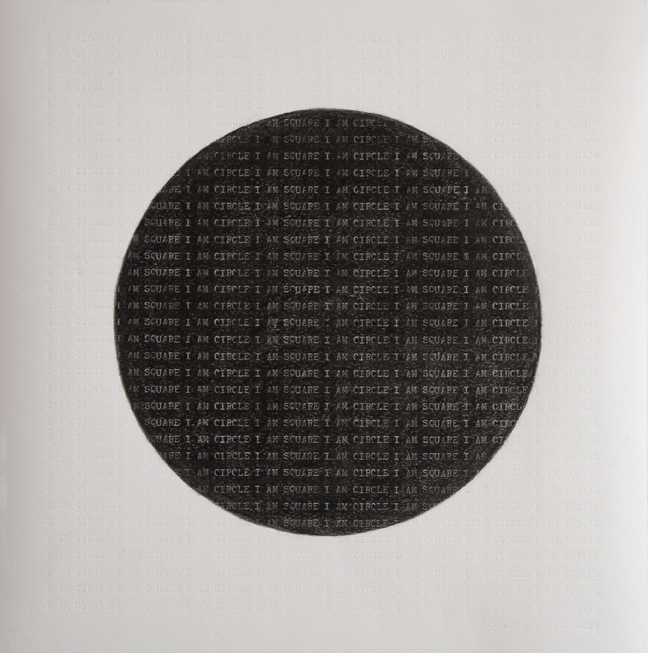Excerpt from BrutNama catalogue oreword by Andrew Shea (Aicon Gallery, NYC)
In 1964, faberge launched Brut for Men, their now immensely popular fragrance, in an attempt to create a new male market within the traditionally feminine realm of perfumes. using the tag line “the essence of man,” Brut set itself up as a catch-all symbol meant to embody a swarm of conflicting notions of traditional masculinity, strength and character, while its extreme binary, signified by the word brute, implied the inherent power to do so by sheer force of will. Half a century later in a starkly different landscape of identity politics, Abdullah M. I. Syed’s Brut-Nama (The Chronicles of Brut) sets forth a series of complex interlocking visual chapters, portraying the multiple manifestations of Pakistani muslim masculinity ranging from the brutish, raw and unrestrained, to the cultured, gentle and atypical. the work explores the very essence of the dichotomy inherent in the term Brut(e) as read through the contemporary undercurrents of political instability, religious and secular tensions, capitalism, terrorism and diasporic issues. using a host of recurring symbols, metaphors and imagery across a dizzying array of mediums, Syed has created a labyrinthine self- referential narrative that draws on an obsession with the effects of history and geography on questions of performed identity and the construction of multiple contrasting ‘others’.
MEDIA COVERAGE:
- Aicon Gallery Press Release: Brut-Nama: The Chronicles of Brut
- Shift Magazing: ABDULLAH M I SYED "BRUT-NAMA"
- The Culture Trip: Brut Reconsidered: Abdullah Syed Dissects Pakistani Culture
Click here for the catalogue for Brut-Nama (The Chronicles of Brut) at Aicon Gallery, NY, USA.













